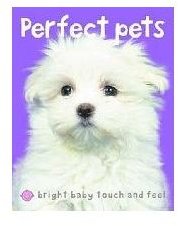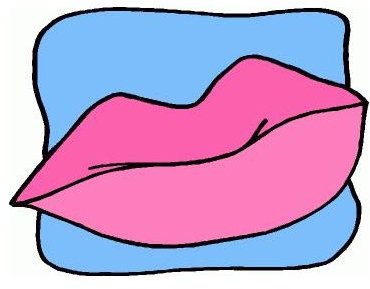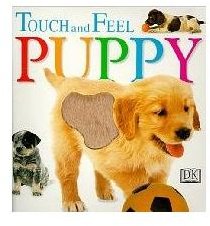Three Science Activities for Infants or Toddlers
Babies and Science
Children are naturally curious beings with a desire to explore and understand the science of the world [1]. Both babies and toddlers can begin to learn the skills that will help them study and learn about science in their later lives. The following age appropriate infant toddler science activities take advantage of the scientific curiosity of young children to provide a stimulating environment that encourages the cognitive growth and development of babies and toddlers.
Touch and Feel Books
Reading touch and feel books is an interactive activity that allows infants and toddlers to explore the sense of touch. The following titles are recommended for young children of any age:
The books in the Touch and Feel series by DK Publishing, which includes titles such as Touch and Feel: Puppy and Touch and Feel: Kitten, allow young readers to explore textures such as fuzzy and rough. Each themed book use colorful illustrations, interesting textures, and simple text that encourage baby to explore the world of touch.

Another series of touch and feel books for infants and toddlers is the Red Wagon Touch and Feel Books by Barney Saltzberg. Titles in this series include Baby Animal Kisses, Noisy Kisses, and Goodnight Kisses.
The Bright Baby Touch & Feel series by Roger Priddy is a third series of touch and feel books recommended for baby and toddler readers. These brightly illustrated books include titles such as Perfect Pets, Mealtime, and Colors.
The Sense of Taste

Infants and toddlers can explore the sense of taste with this fun activity.
Materials: sweet, sour, salty, and bitter foods
Instructions: Give the child a food to taste. He or she will discover that different foods have different tastes. Talk about the tastes of sweet, sour, salty, and bitter with older toddlers. For example, sugar tastes sweet, saltines taste salty, lemons taste sour, and olives taste bitter. Only use this activity with infants who have been weaned from breast milk or formula only diets. Carefully supervise all infants and toddlers with any food activity to avoid choking, and known food allergies.
Flotation Experiment

Recognizing that some objects float and other objects sink is the first step to understanding the phenomena of buoyancy. Young children can learn about flotation with this simple activity.
Materials: plastic tub or bucket, water, various objects that sink and float
Preparation: Fill the container with water.
Instructions: Place the child in front of the container of water. Provide him or her with objects, some that sink and some that float. Show the child how to drop the objects into the water. Both infants and toddlers will be curious about the difference between objects that stay on top of the water and objects that sink below the water. Parents can talk about the difference between sinking and floating with older toddlers. Make sure to carefully supervise children when incorporating water into activities as a child can drown in as little as a teaspoon of water.
Young children are natural little scientists. These infant toddler science activities embrace the curious nature of babies and toddlers by allowing them to explore the world of science present in their everyday lives. Children of all ages and abilities will love learning about the sense of touch, the sense of taste, and flotation with these fun and simple activities.
Sources
- [1] Science for Infants/Toddlers: https://childstart.wordpress.com/2006/10/30/science-for-infantstoddlers/
